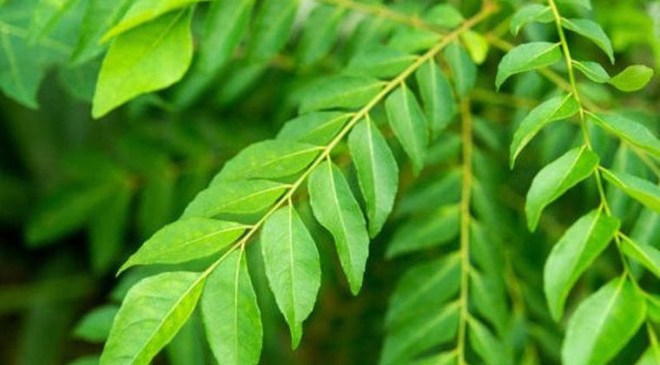Curry Leaves also known as Kadi Patta is a popular kitchen ingredient commonly used as a seasoning in Indian cuisine. Despite adding flavour to food, these humble leaves offer tons of benefits. One of them includes maintaining heart health and reducing hypertension. Not many know that kadi patta has a positive impact on blood pressure. These leaves are believed to have properties that may contribute to the reduction of hypertension. Today, allow us to tell how incorporating curry leaves into the diet can be beneficial for those suffering from high blood pressure.
How Curry Leaves Can Lower High Blood Pressure?
- Potassium Content: Curry leaves are a good source of potassium, a mineral that plays a crucial role in regulating blood pressure. Potassium helps counteract the effects of sodium. By consuming foods rich in potassium, like curry leaves, you may help maintain a healthy balance of electrolytes in your body, potentially leading to lower blood pressure.
- Antioxidant properties: Curry leaves contain antioxidants, such as flavonoids and polyphenols, which can help reduce oxidative stress. It can contribute to blood vessel damage and inflammation, both of which are associated with hypertension.
- Vasodilation: Some compounds in curry leaves may promote vasodilation, which is the widening of blood vessels. This can lead to improved blood flow and reduced pressure on the arterial walls, potentially resulting in lower blood pressure.
- Anti-Inflammatory Effects: Chronic inflammation is linked to hypertension. Curry leaves contain anti-inflammatory compounds that may help reduce inflammation in blood vessels and improve function.
Read More: Are Cardiac Arrest Symptoms Similar Or Different For Men And Women?
To incorporate curry leaves into your diet for potential blood pressure benefits, you can:
- Add fresh or dried curry leaves to curries, stews and soups for flavour.
- Use them as a garnish for rice or other dishes.
- Make a curry leaf tea or add dried curry leaves in hot water.
- Include curry leaves in a homemade spice blend or seasoning mix.
Source :

































